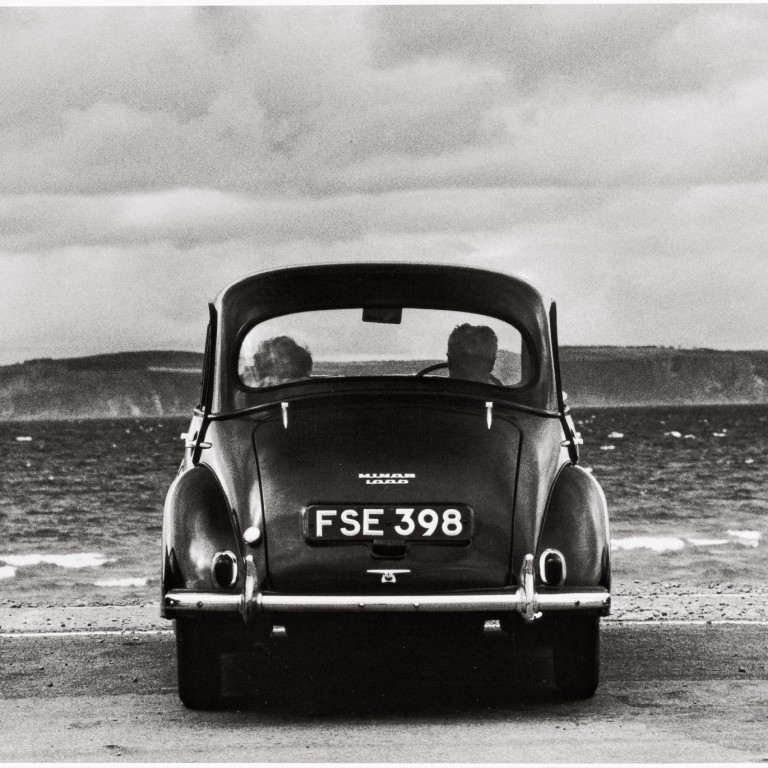Exhibition Centre
Cavallerizza – Centro della Fotografia Italiana
 included
includedCavallerizza: the new centre of Italian photography in Brescia
The space is proposed as a cultural pole at the disposal of the entire community, in particular the younger generations, where exhibitions, photography workshops and cultural activities can be organised, aimed at enhancing and promoting the art of photography, specifically Italian photography. The centre in its current and new location intends to give continuity to its previous location where it operated as Ma.Co.f - Centre of Italian Photography (https://www.macof.it/) within MO.CA Centre of New Cultures.
In the centre of Italian photography, in the former Cavallerizza building in Via Cairoli 9, the 'Amaduzzi Library' is also available and can be consulted. It is one of the most important collections in Italy completely dedicated to photographic publishing, the result of a donation by Professor Antonio Amaduzzi.
Historical background of the building
The building, used as a church attached to the convent of St. Anthony of Vienne, was the site of a hospice in the 15th century to receive pilgrims and to care for the sick and poor. In 1568 it was granted to the Jesuit fathers who founded the College of Nobles there, active until 1822.
The convent was later enlarged and the church enriched with works of art, some of which were destroyed in the fire of 1669. In 1845, based on a design by architect Luigi Donegani, it became a public riding school, enriching the neoclassical façade with decorations reminiscent of horse riding.
In later years, remodelling work was carried out that revealed the original late-Gothic structure of the church. In 1967, constant requests from the city's Hygiene Office, which did not like the presence of horses in the centre, forced the school to move.
The one-room interior features inscriptions and frescoes, recently brought to light through careful restoration, pertaining to the original church, discovered during work to transform the building into a study room, a function it retained until 2017.
Paths and protagonists of Italian photography in the second half of the 20th century
The Cavallerizza's permanent collection tells the story of Italian photography in the second half of the 20th century through the photographs of leading Italian photographers. The exhibition documents the birth of documentary photography in post-war Italy, with the emergence of new styles and approaches, including information photography linked to the free press and the work of amateur photographers who began to use photography as a narrative of reality. The exhibition also explores the evolution of journalistic photography from the neo-realism of the 1950s to new narrative languages in response to social and cultural changes in Italy.
The exhibition also follows the approach of photography to art in the 1970s, the emergence of a postmodern sensibility and the transition from the 1980s to a more place-oriented photography reflecting a cultural change. Each section of the exhibition offers an insight into the individual research of the photographers, focusing on groups of images that highlight the specific styles and interests of each author. It also explores various photographic genres, such as portrait, fashion, still-life and advertising.
The exhibition is a comprehensive and stimulating fresco of Italian photography, an important resource for understanding the history of photography in our country and an invitation to reflect on its peculiarities and identity.
The photographers in the exhibition: Maria Vittoria Backhaus, Gian Paolo Barbieri, Gabriele Basilico, Letizia Battaglia, Carlo Bavagnoli, Sandro Becchetti, Gianni Berengo Gardin, Romano Cagnoni, Lisetta Carmi, Calogero Cascio, Alfa Castaldi, Elisabetta Catalano, Carla Cerati, Elio Ciol, Francesco Cito, Tano D'Amico, Mario De Biasi, Mario Dondero, Franco Fontana, Maurizio Galimberti, Federico Garolla, Caio Mario Garrubba, Giovanni Gastel, Luigi Ghirri, Mario Giacomelli, Giorgio Lotti, Uliano Lucas, Pepi Merisio, Nino Migliori, Ugo Mulas, Carlo Orsi, Giuseppe Palmas, Gianni Pezzani, Franco Pinna, Gianfranco Salis, Chiara Samugheo, Nicola Sansone, Ferdinando Scianna, Tazio Secchiaroli, Enzo Sellerio, Gianni Turillazzi, Massimo Vitali, Franco Zecchin.























